Filter by
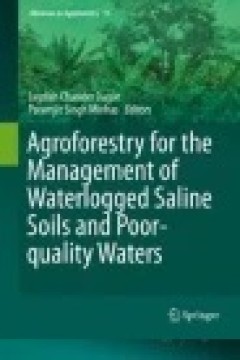
Agroforestry for the Management of Waterlogged Saline Soils and Poor-Quality …
Land degradation caused by salinity and waterlogging is a global problem afflicting about one billion hectares and endangering the food security of at least 75 countries. Since the social, economic and environmental costs of on and/off-farm reclamation techniques are high, agroforestry is now emerging as a potential tool, not only for arresting salinity and waterlogging, but also for other envi…
- Edition
- Ed. 1
- ISBN/ISSN
- 978-81-322-2659-8
- Collation
- X, 210
- Series Title
- Advances in Agroforestry
- Call Number
- 630 AGR a
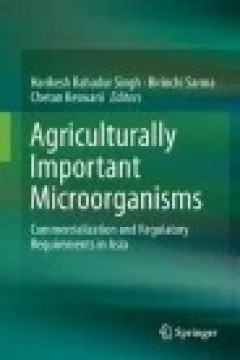
Agriculturally Important Microorganisms: Commercialization and Regulatory Req…
The main focus of this book is to survey the current status of research, development and use of agriculturally important microorganisms in Asian countries and develop a strategy for addressing critical issues various policy constraints due to which bio-pesticides have found limited applications. In this book the editors have tried to develop a consensus on issues of such as quality requireme…
- Edition
- Ed. 1
- ISBN/ISSN
- 978-981-10-2576-1
- Collation
- XVII, 305
- Series Title
- -
- Call Number
- 630 AGR a
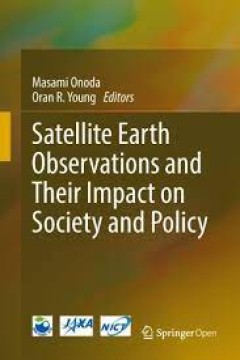
Satellite Earth Observations and Their Impact on Society and Policy
he result of a workshop bringing together an international advisory board of experts in science, satellite technologies, industry innovations, and public policy, this book addresses the current and future roles of satellite Earth observations in solving large-scale environmental problems. The book showcases the results of engaging distinct communities to enhance our ability to identify emerging…
- Edition
- -
- ISBN/ISSN
- 978-981-10-3713-9
- Collation
- -
- Series Title
- -
- Call Number
- 628 SAT
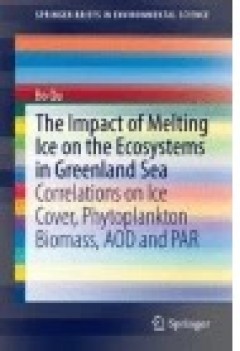
The Impact of Melting Ice on the Ecosystems in Greenland Sea
Arctic marine ecosystems are largely impacted by changes associated with global warming. The sea ice in Greenland Sea plays an important role in regional and global climate system. The book investigate the relationships between phytoplankton biomass, measured using remotely sensed chlorophyll-a (CHL), aerosol optical depth (AOD) and sea-ice cover (ICE) in the Greenland Sea (20°W-10°E, 65-85°…
- Edition
- -
- ISBN/ISSN
- 978-3-642-54498-9
- Collation
- X, 86
- Series Title
- SpringerBriefs in Environmental Science
- Call Number
- -

Lost Tracks Buffalo National Park, 1909–1939
While contemporaries and historians alike hailed the establishment of Buffalo National Park in Wainwright, Alberta as a wildlife saving effort, the political climate of the early twentieth century worked against its efforts to stem the decline of the plains buffalo in North America. However, the branch charged with operating the park, the Canadian Parks Branch, was never sufficiently funded and…
- Edition
- -
- ISBN/ISSN
- 9781897425107.01
- Collation
- -
- Series Title
- -
- Call Number
- 193 pages
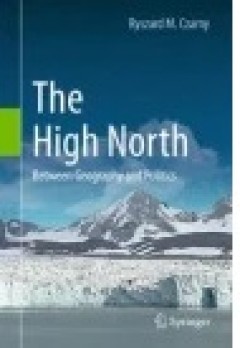
The High North
This book deals with the transformation of the Arctic from an isolated or a distant region to a member of the global community, vulnerable to global changes, and an area frequently in the very center of the world’s attention. Increased global interest is a potential source of tensions between the need for exploration or exploitation, and the requirements of protection. This context calls for …
- Edition
- -
- ISBN/ISSN
- 978-3-319-21662-1
- Collation
- XVIII, 244
- Series Title
- -
- Call Number
- -

The Greenhouse Gas Balance of Italy
The book addresses in a comprehensive way the full greenhouse gases budget of the Italian landscape, focusing on land use and terrestrial ecosystems. In recent years there has been a growing interest in the role of terrestrial ecosystems with regard to the carbon cycle and only recently a regional approach has been considered for its specificity in terms of new methodologies for observations an…
- Edition
- -
- ISBN/ISSN
- 978-3-642-32424-6
- Collation
- VIII, 211
- Series Title
- Environmental Science and Engineering
- Call Number
- -
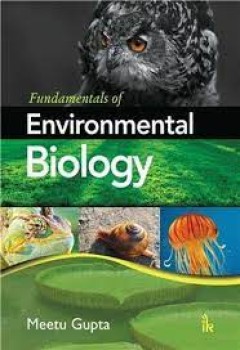
Environmental Biology
Environmental Biology enables students to develop a nuanced understanding of today’s most pressing environmental issues. This text helps students grasp the scientific foundation of these issues so that they can better understand the world around them and their impact upon it. This open textbook covers the most salient environmental issues, from a biological perspective. The text is designed f…
- Edition
- -
- ISBN/ISSN
- 978-9385909870
- Collation
- -
- Series Title
- -
- Call Number
- 577 FIS e
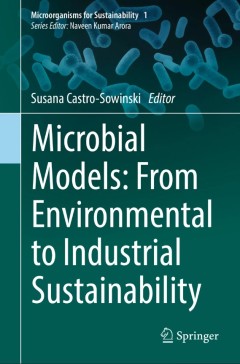
Microbial Models: From Environmental to Industrial Sustainability
This book describes selected microbial genera from the perspective of their environmentally and commercially sustainable use. By focusing on their physiology and metabolism and combining historical information with the latest developments, it presents a multidisciplinary portrait of microbial sustainability. The chapters provide readers descriptions of each genus in the form of microbial model…
- Edition
- 1
- ISBN/ISSN
- -
- Collation
- -
- Series Title
- -
- Call Number
- -

Microbial Degradation of Synthetic Dyes in Wastewaters
Today synthetic dyes are used extensively in the textile dyeing, paper printing, color photography, pharmaceuticals, food and drink, cosmetic and leather industries. As of now, over 100,000 different dyes are available, with an annual production of over 700,000 metric tons. These industries discharge an enormous amount of colored effluents into natural water bodies, with or without treatment. T…
- Edition
- 1
- ISBN/ISSN
- 978-3-319-10941-1
- Collation
- XIV, 367
- Series Title
- Environmental Science and Engineering
- Call Number
- -
 Computer Science, Information & General Works
Computer Science, Information & General Works  Philosophy & Psychology
Philosophy & Psychology  Religion
Religion  Social Sciences
Social Sciences  Language
Language  Pure Science
Pure Science  Applied Sciences
Applied Sciences  Art & Recreation
Art & Recreation  Literature
Literature  History & Geography
History & Geography